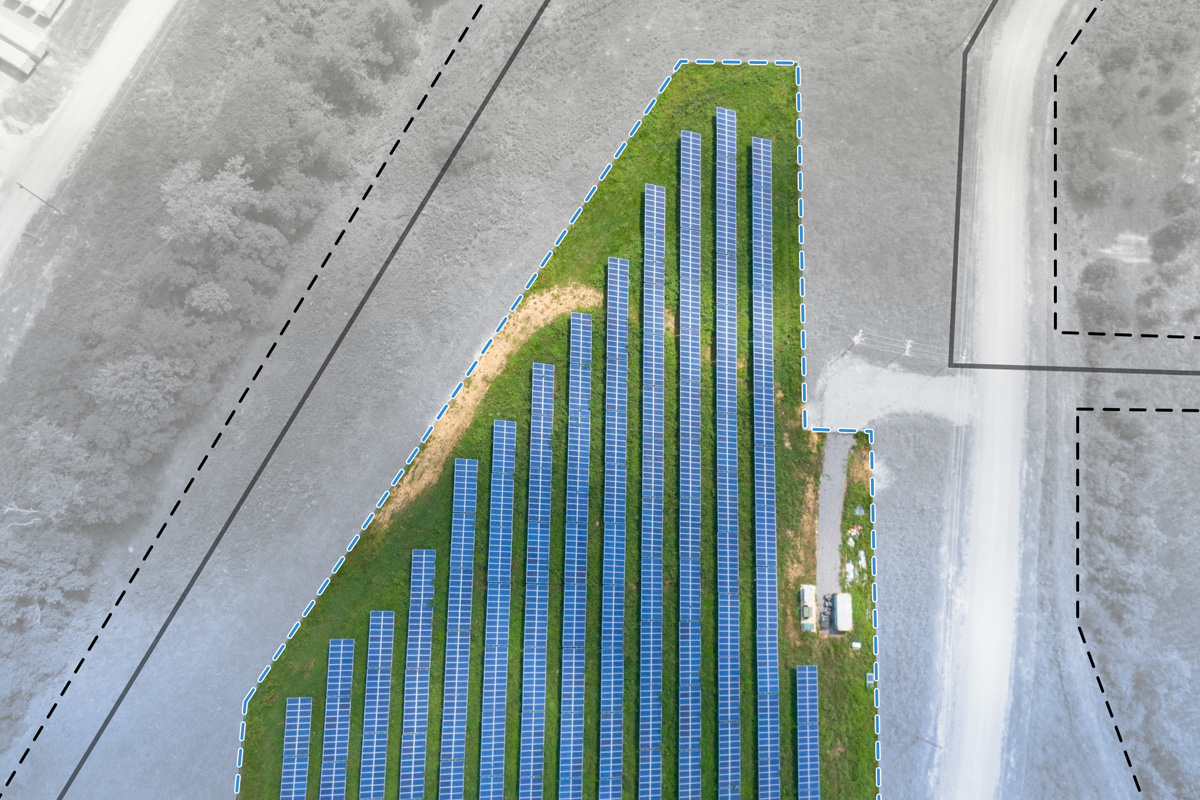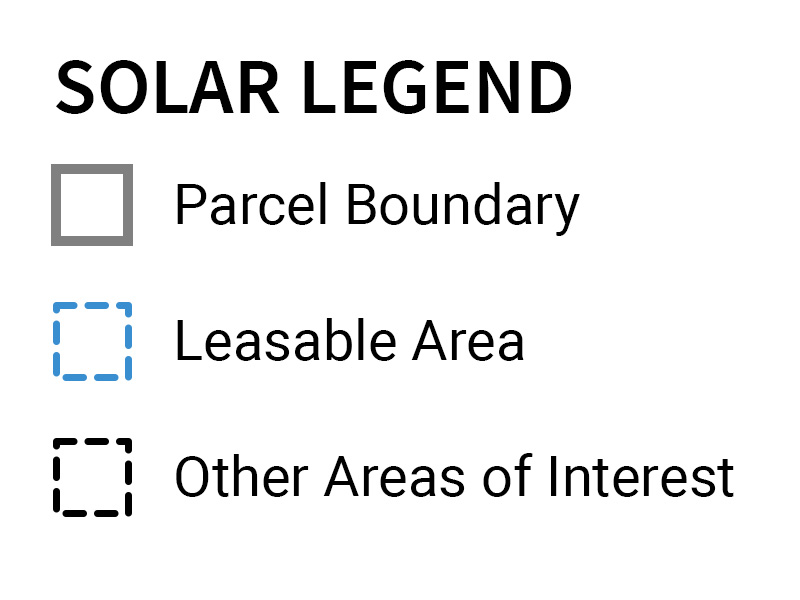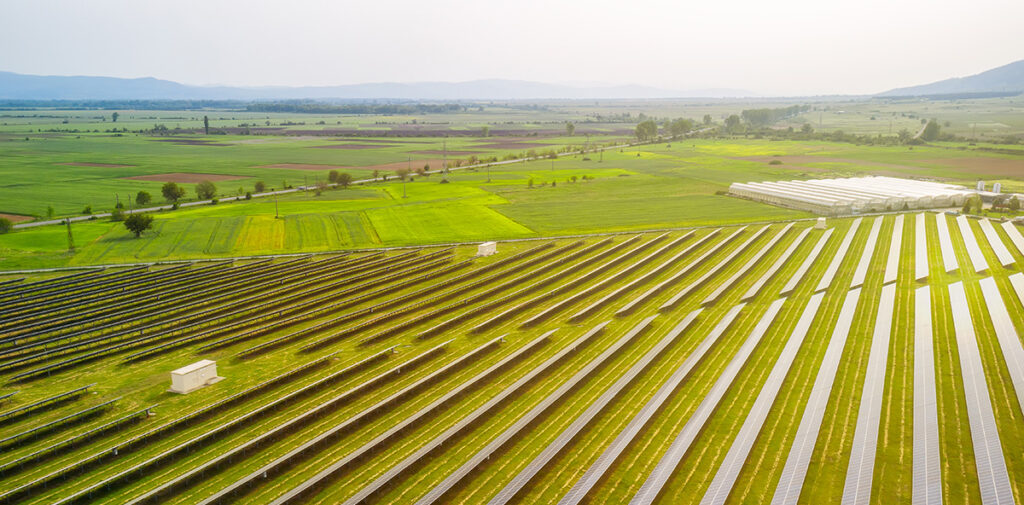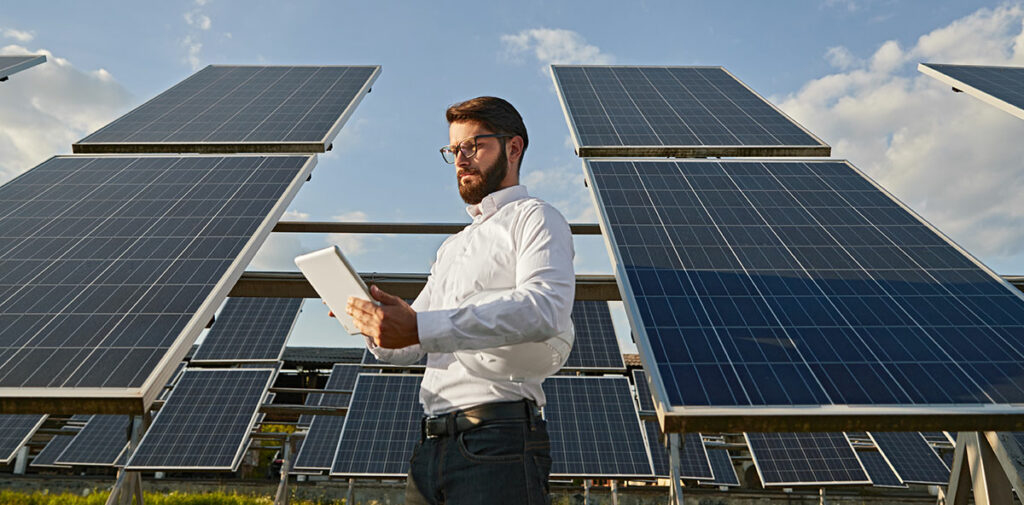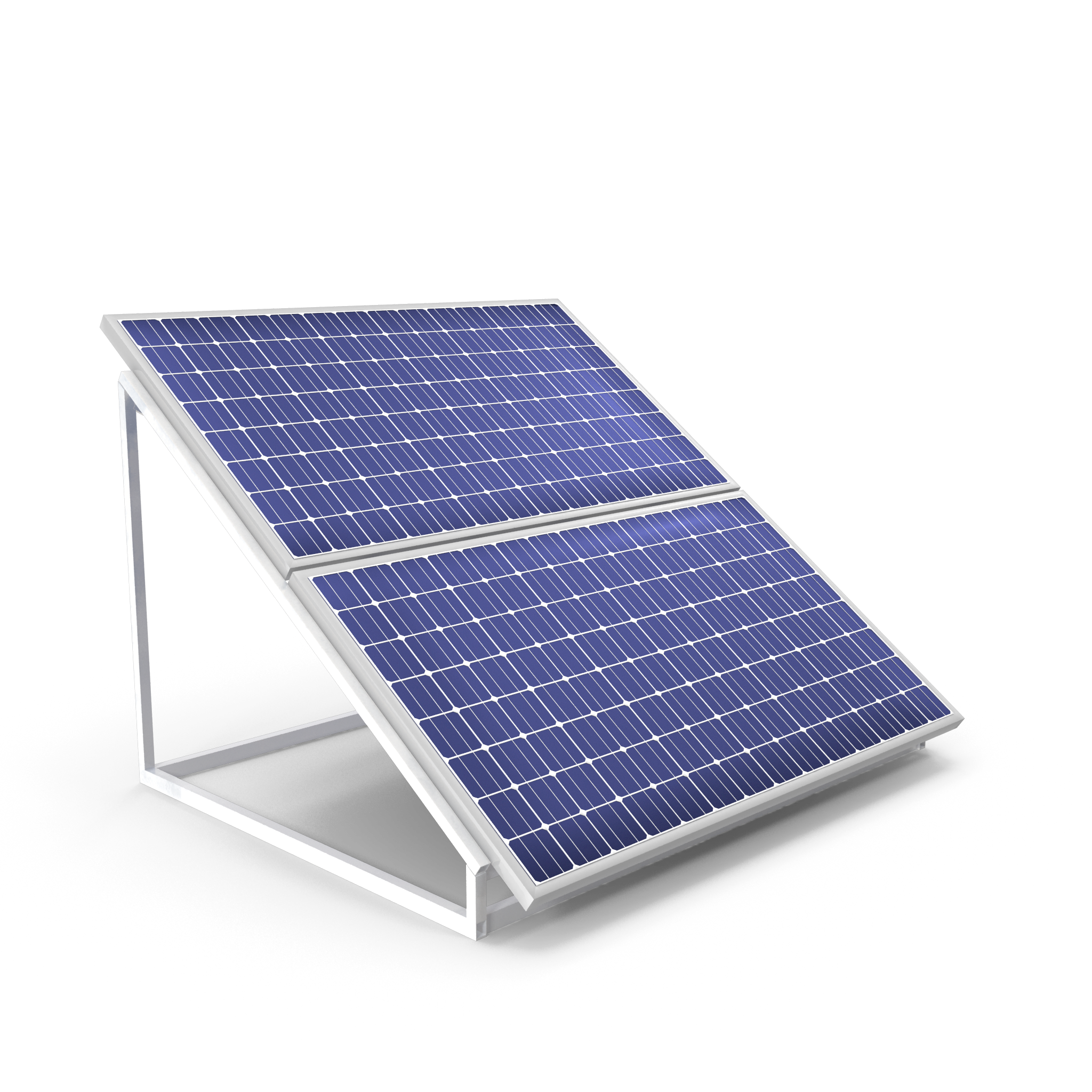Play Video
Scout Land Consultants Has Negotiated 1,000+ Land Agreements in 35 states
Scout Land Consultants has evaluated over 100,000 properties and helped more than 1,400 landowners successfully secure lease or purchase agreements for renewable energy projects.

